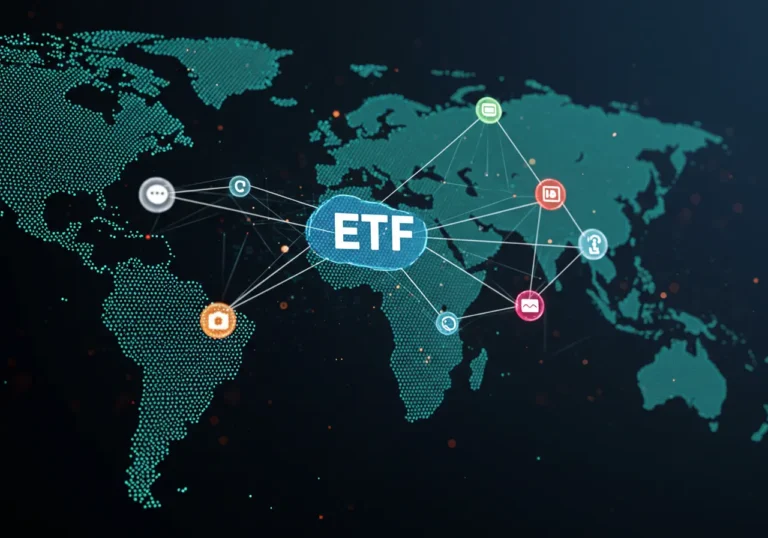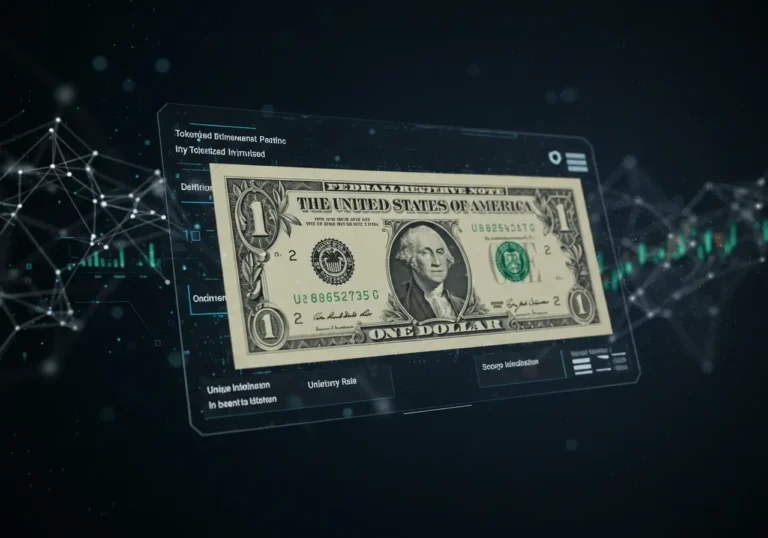Crypto Forensics: How Investigators Track Illicit Funds on the Blockchain
Crypto Forensics is the set of methods and tools used to follow cryptocurrency flows. It helps people find out where money moved, who likely controlled wallets, and which steps led funds into scams. This work mixes tech, patience, and a little detective thinking. In this article I’ll explain the basics.
What is Crypto Forensics?
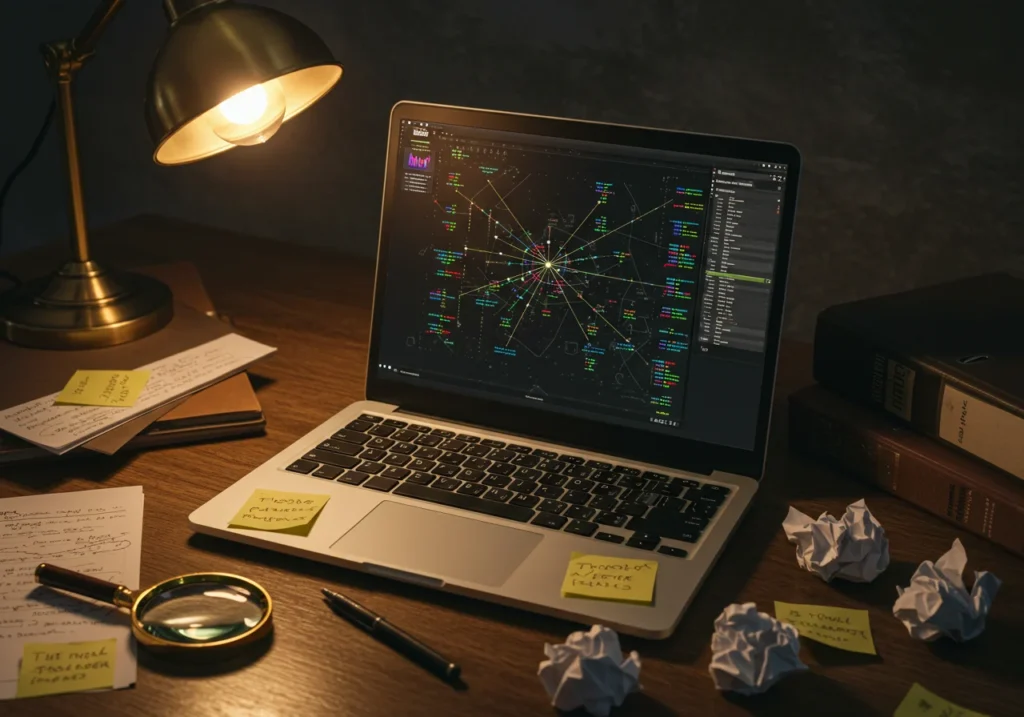
Crypto forensics looks at transactions on blockchains and tries to tell a story from them. Blockchains like Bitcoin and Ethereum keep a public record of transactions. Every move is a line on a ledger. Forensics turns that ledger into clues.
Investigators ask simple questions:
- Where did the coins come from?
- Who received them next?
- Did the funds go through mixers or exchanges?
- Can we link these digital wallets to real people?
That is the job, step by step.
Why blockchains make both hiding and finding money possible
Blockchains are public. Anyone can see addresses and transactions. This is good for tracking. But hiding tricks exist. People use mixers, tumblers, or chains of transfers to confuse trackers. Others use privacy coins that hide amounts and links. It becomes a cat-and-mouse game.
Still, the public nature of many chains gives investigators a strong advantage. With time and the right tools, patterns emerge.
The basic toolbox for crypto investigators
You don’t need to be a programmer to understand the tools. Here’s what investigators use most.
1. Blockchain explorers
These are websites that show transactions. They are like search engines for a blockchain. You can type an address and see all the moves from that wallet. Examples include Etherscan for Ethereum or Blockchain.com for Bitcoin.
2. Analytics platforms
These are more advanced. They group addresses by behavior. They label known services. They can show flow charts and timelines. Companies such as Chainalysis, Elliptic, and CipherTrace make tools used by banks and law enforcement.
3. Open-source tools
Some free tools help with linking and visualizing. Analysts can use them to map transaction paths and spot clusters of activity.
4. Exchanges and legal requests
When funds land on an exchange, investigators can ask the exchange for account info. This often requires a legal process. Once they have the exchange data, they can link wallets to real people.
5. Human Intelligence
Not everything is a chart. Tips, informants, and online sleuthing matter. Social media, marketplaces, and chat rooms give clues that a graph alone cannot.
How investigators follow the money — simple steps
Let’s walk through a clear example. Imagine a scammer took money from a victim and moved it on Ethereum. Here is what a forensic investigator might do.
Step 1: Start at the known point
They begin with a wallet address the victim gave. That’s the anchor. From there, they look at outgoing transactions.
Step 2: Map the path
They trace each step forward. If funds split into many addresses, they follow each branch. They use tools to draw a flow chart. Each node shows amount, time, and where it went.
Step 3: Look for patterns
If one address receives money from many people, it might be a scam collector. If transactions repeat at regular times, it might be an automated service. Patterns help form hypotheses.
Step 4: Check labeled services
Analytics platforms often tag addresses that belong to exchanges, mixers, or known services. When money hits an exchange, investigators may request identity info.
Step 5: Identify weak points
Mixers and privacy layers can hide flows, but they often have weak links. For example, funds might enter a mixer but later move to an exchange. That gives a chance to match patterns and ask for records.
Step 6: Combine chain data with off-chain clues
Investigators search the web for mentions of wallet addresses in chatrooms, on marketplaces, or in postings. They look for usernames, email leaks, and other bits that connect a digital wallet to a real person.
Common tactics criminals use — and how they can be spotted
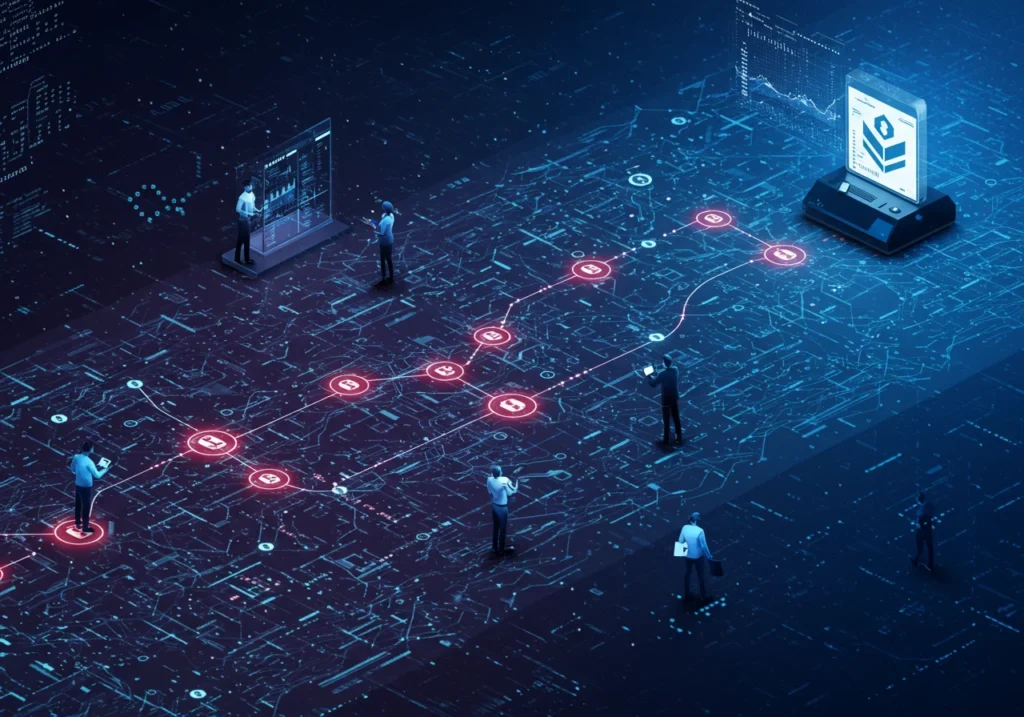
Criminals try many tricks. Here are common ones and how forensics counters them.
Mixers and tumblers
These services mix many users’ coins to obscure the source. But careful timing analysis and the use of cluster detection can sometimes reassemble the threads. Moreover, if a criminal cashes out at an exchange that keeps records, that can unravel the mix.
Chain hopping
Moving funds across different blockchains makes tracing harder. Investigators use cross-chain analytics and watch common bridges and swap services to see where value went.
Layered transactions
This is like hiding a coin inside many envelopes. It’s slow and noisy. With patience, investigators can piece together the chain of transactions.
Using privacy coins
Some coins, like Monero, aim to hide flows. They make tracing much harder. In these cases investigators rely more on external clues, exchange records, or mistakes made by the criminals.
Real cases that show how crypto forensics works
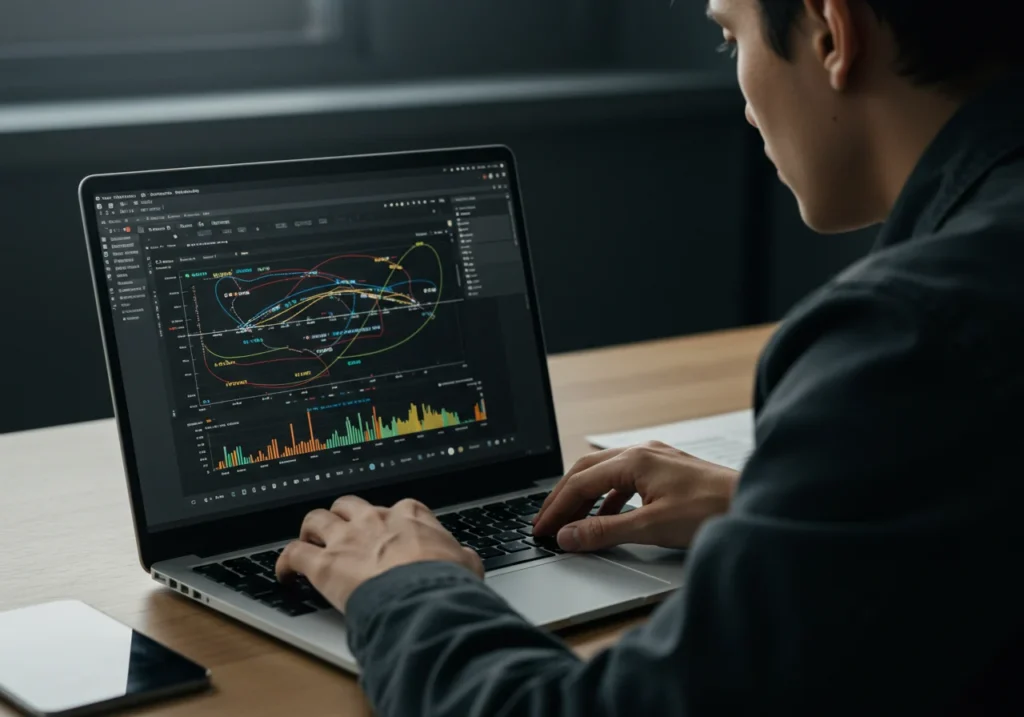
You don’t need to dive into legal papers to see examples. Many public recoveries show how forensics helps.
- Authorities have recovered funds from ransomware groups by following ransom payments to exchanges and freezing accounts.
- Marketplaces that sold illegal goods were shut down after investigators linked wallet patterns to real-world servers and users.
- Phishing scams where victims sent funds to one address sometimes led to multiple arrests when the chain hit exchanges.
These cases share a pattern: a mix of chain analysis and traditional police work.
Ethical and privacy considerations
Tracking on a public ledger raises questions. Not everyone who moves coins is a criminal. Investigators must balance privacy and safety. Good practice includes:
- Following legal processes for subpoenas and warrants.
- Avoiding false accusations from incomplete data.
- Protecting innocent people’s data.
Crypto forensics is a tool. Like any tool, it must be used carefully.
What can ordinary users learn from crypto forensics?
You don’t need to be a detective to protect yourself. Here are simple tips inspired by forensic methods.
- Protect your keys. If someone steals your private key, they can move your money instantly. Use hardware wallets and safe backups.
- Watch for patterns. If someone sends you a request to move money, pause. Scammers create pressure that makes people act fast.
- Check addresses. For big payments, double-check the address. Criminals like to trick people with small changes.
- Use trusted services. Some platforms offer insurance or stronger controls. They are easier to trace if something goes wrong.
- Keep records. For any big transfer, save receipts and screenshots. They help investigators later.
The future of crypto forensics
Technology moves fast. Here are trends to watch.
- Better analytics. Tools will get smarter at clustering and pattern recognition.
- Cross-chain tracing. As bridges grow, tools will track value across networks.
- Privacy vs. safety debate. Expect ongoing discussion about privacy coins and regulation.
- More cooperation. Exchanges, banks, and law enforcement will often work closer together.
Quick checklist for anyone worried about stolen crypto
- Change passwords and secure devices.
- Move remaining assets to a secure wallet.
- Note the stolen transaction IDs and wallet addresses.
- Contact the platform or exchange where funds were last seen.
- File a report with local law enforcement and supply transaction details.
Conclusion
Crypto Forensics helps make a public ledger more useful for safety. The work is part science, part detective work. It combines tools, time, and judgment. If you ever face a loss, remember that tracing is possible. The public record on a blockchain can be a strong ally. With careful actions, good tools, and the right help, many paths can be followed, and sometimes stolen funds can be recovered.
Main takeaways
- Crypto Forensics studies public blockchain data to follow fund flows.
- Investigators use explorers, analytics, exchange records, and intelligence.
- Criminals use mixers, chain hopping, and privacy coins to hide funds.
- Tracing is often possible when funds touch exchanges or make errors.
- Users can protect themselves by securing keys and verifying addresses.
- Ethical use and legal process are important in forensic work.
FAQ
Q: Can anyone do crypto forensics?
A: Yes, basic tracing is possible with public explorers. Advanced work uses paid tools, legal access to exchanges, and experience.
Q: Are privacy coins untraceable?
A: Privacy coins make on-chain tracing harder. But mistakes or exchanges can still reveal links. Off-chain clues may help.
Q: Will law enforcement always recover funds?
A: Not always. Recovery depends on how the funds move and whether they touch regulated services that keep records.
Q: How long does tracing take?
A: It varies. A simple trace can be quick. Complex mixes and cross-chain moves can take weeks or months.
Q: Should I report a crypto theft?
A: Yes. Reporting creates records that help investigators later. Provide transaction IDs and any suspect info.

Hello, I’m Edmilson Dias, founder of CoinBringer. I created this platform to guide people through the fast-moving world of cryptocurrency with clarity and safety. With years of research in blockchain and digital security, my goal is to translate complex topics into practical knowledge, offering reliable tutorials, safety insights, and guidance for both newcomers and experienced users.
Discover more from CoinBringer
Subscribe to get the latest posts sent to your email.



